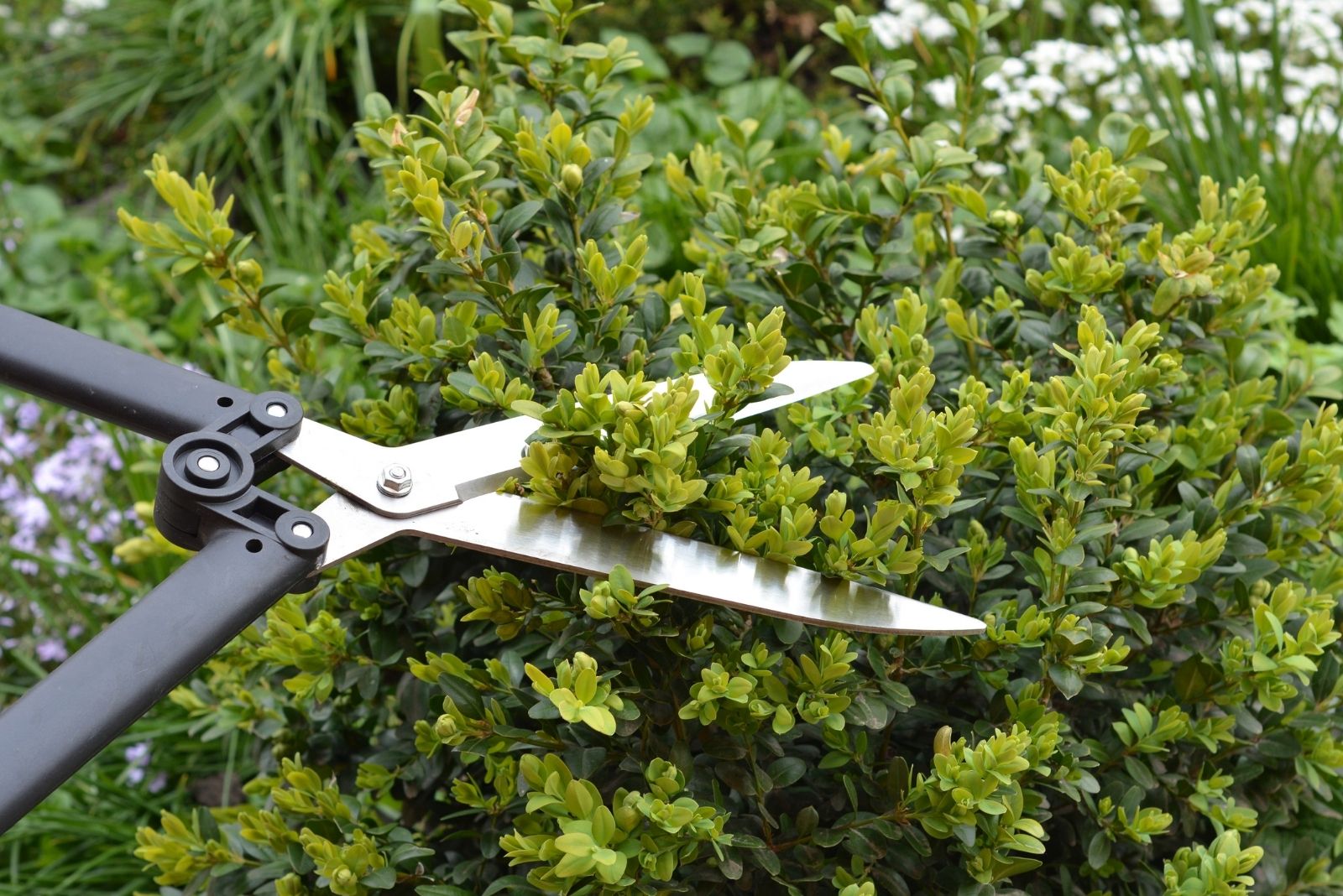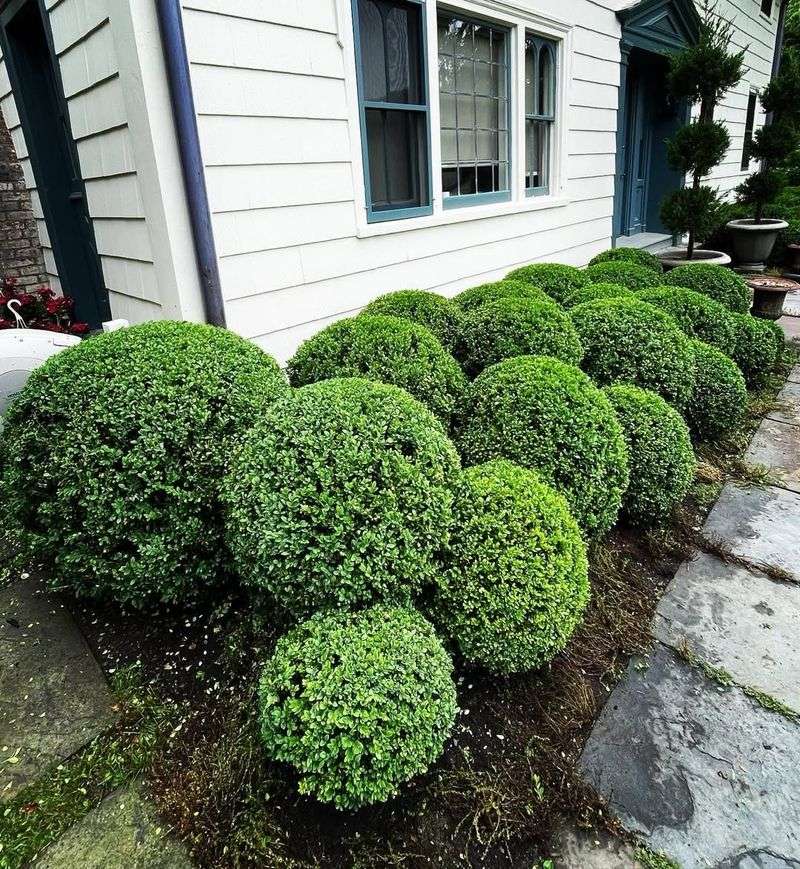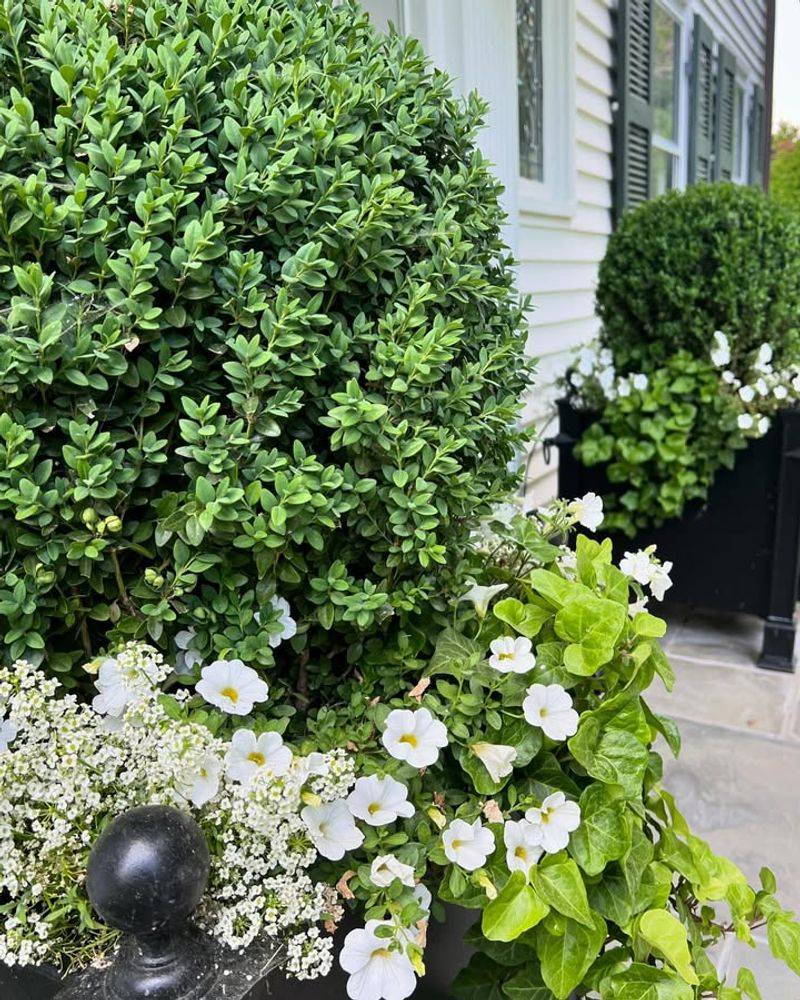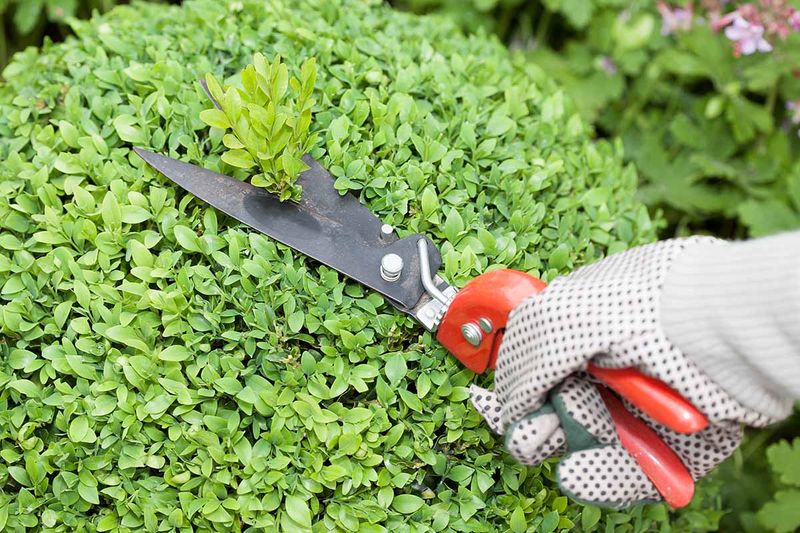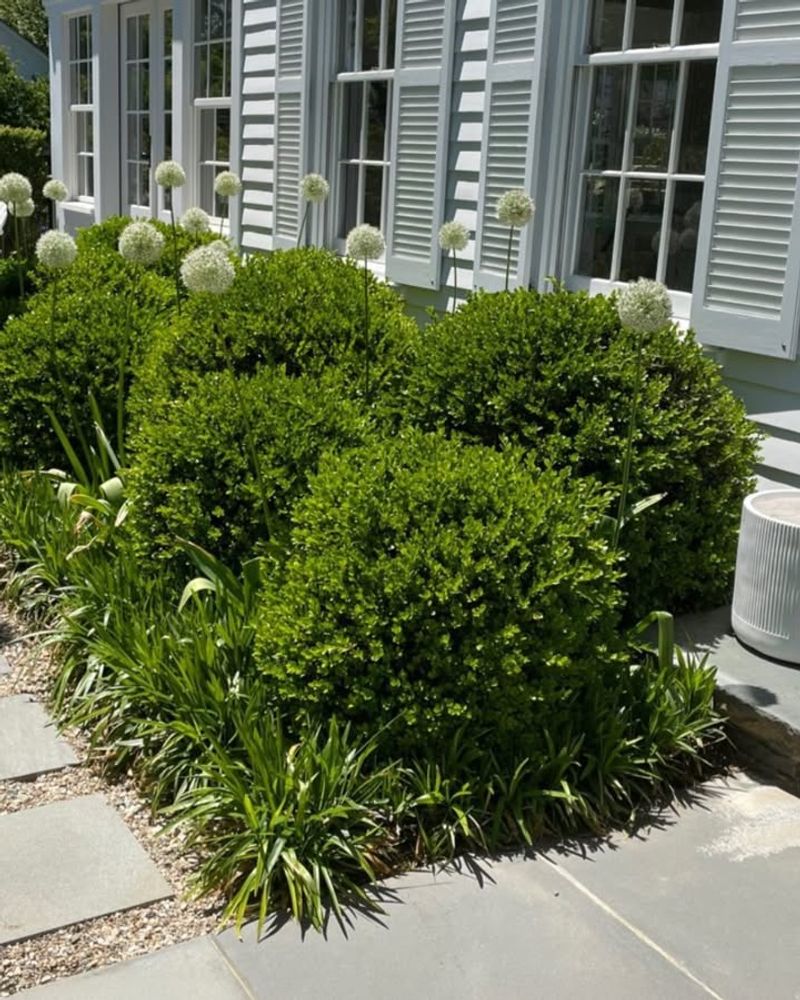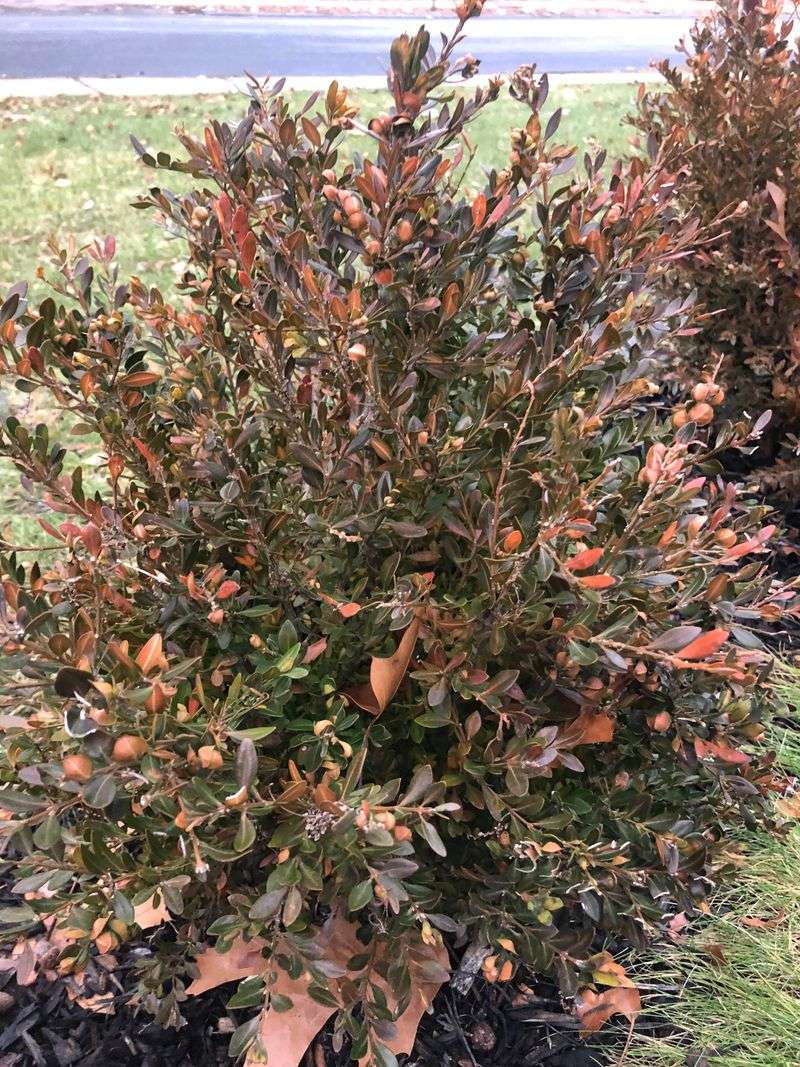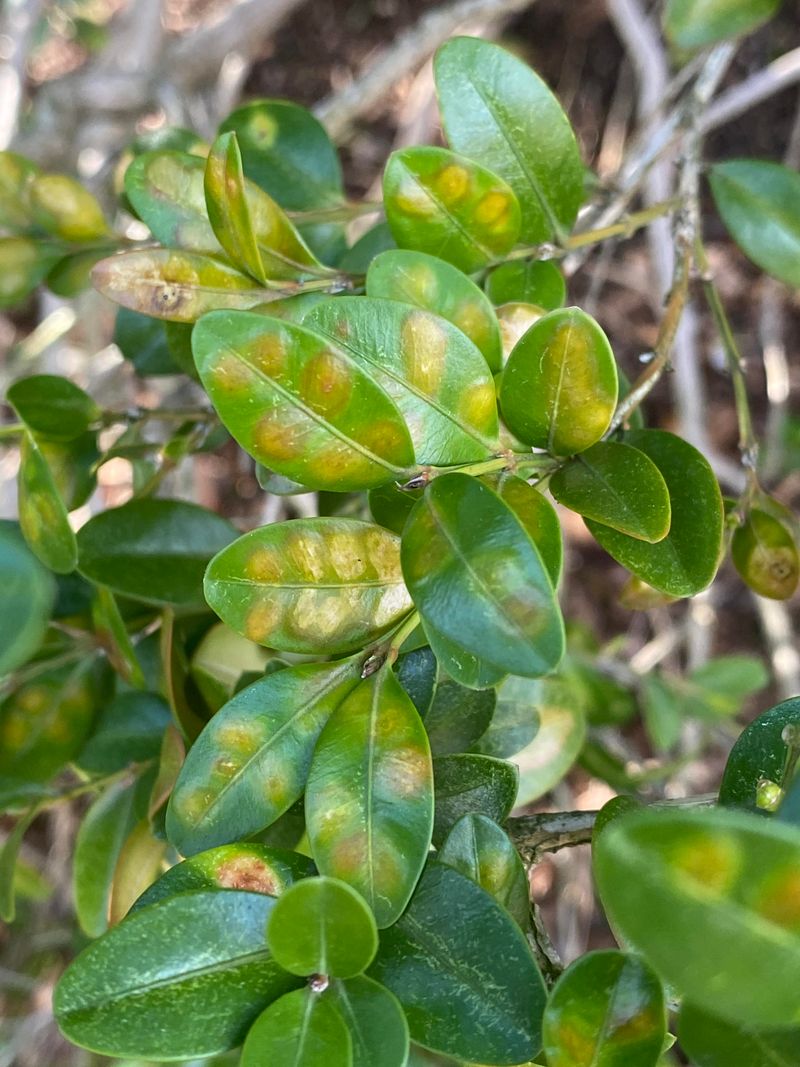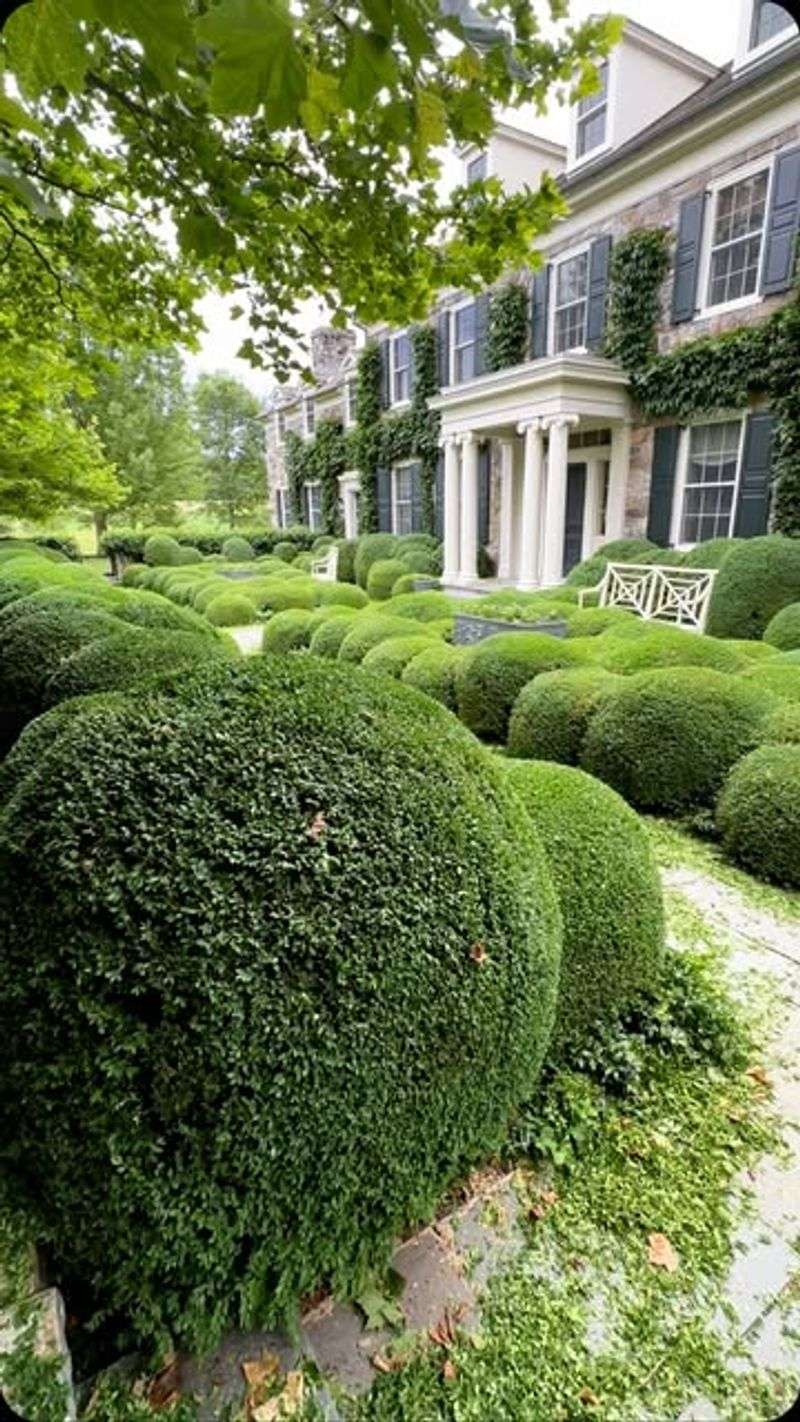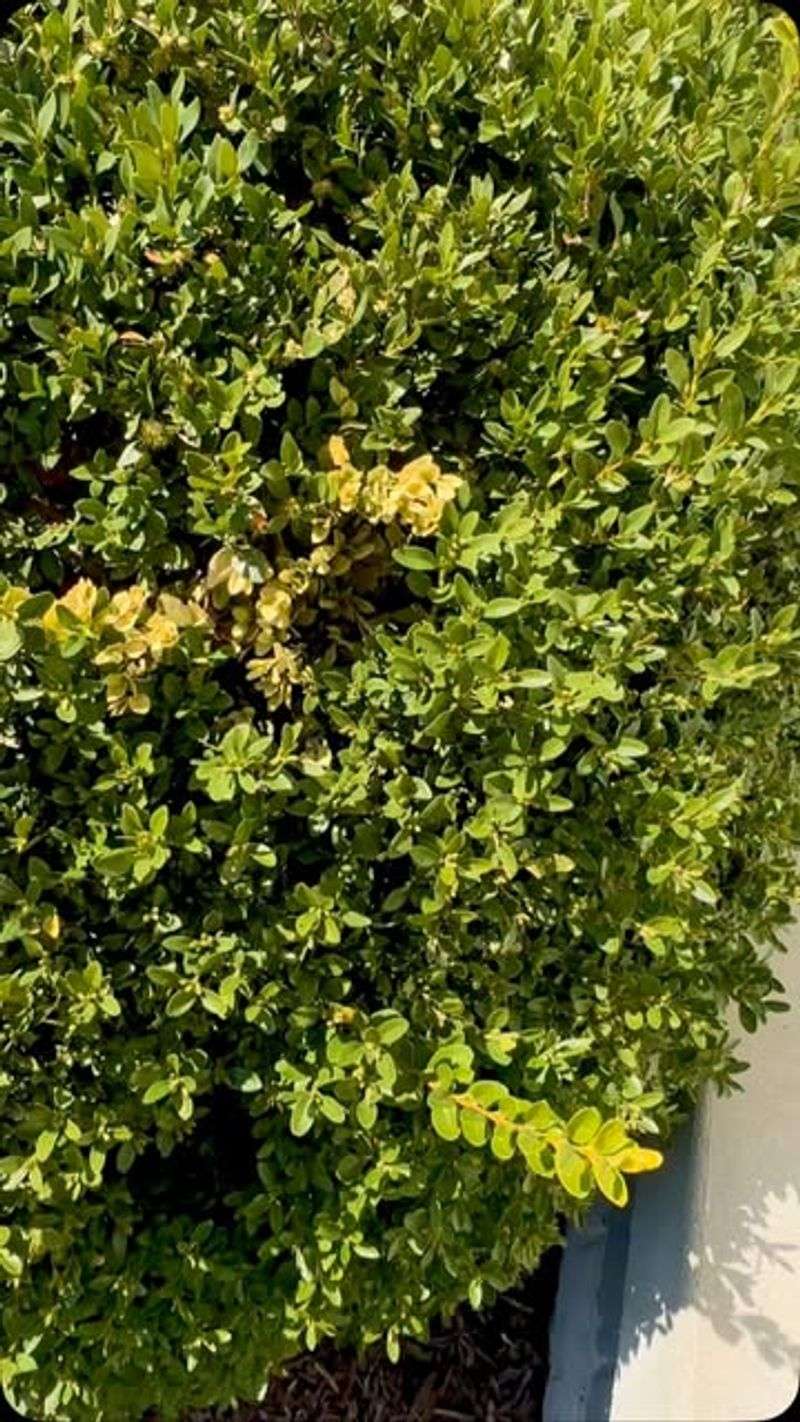Delaware gardens and yards are filled with boxwoods that need regular care to stay healthy and attractive. Many local gardeners wonder whether fall or spring is the better time to trim these popular shrubs.
From my own experience in a Delaware backyard, I’ve seen boxwoods respond differently depending on when they’re pruned, and understanding the timing can make a real difference in how your hedge looks and grows.
1. Understanding Delaware’s Climate And Frost Patterns
Delaware’s weather can be unpredictable, with frost arriving anywhere from late October through November. Cutting back shrubs too late in fall means fresh growth might not harden off before freezing temperatures hit.
I’ve noticed that tender new shoots are vulnerable to cold damage, which creates brown patches that look terrible come spring. Our region sits in zones 7a and 7b, where winters are mild but still bring occasional hard freezes.
For me, waiting until spring usually results in a healthier hedge with fewer brown tips and less winter damage overall.
2. Growth Cycles And When Pruning Makes Sense
Most boxwoods put on their major growth spurt during spring and early summer, then slow down as temperatures drop. Trimming during active growth encourages bushier, fuller plants because energy goes into developing side branches.
Fall pruning can stimulate unwanted late-season growth that won’t survive winter cold. Spring cuts allow recovery time and let the shrub focus energy where it’s needed most.
In my yard, I’ve found that late March or early April trimming gives the best results for shaping and promoting healthy expansion throughout the growing season.
3. Disease Prevention And Sanitation Practices
Fungal diseases like boxwood blight thrive in cool, damp conditions that are common during Delaware’s fall and winter months. Cutting during these times can spread spores and create entry points for infection.
Spring pruning when conditions are drier reduces disease risk significantly. Always disinfect your tools between cuts, especially if you’ve noticed any leaf spotting or dieback in your hedge.
From what I’ve observed, keeping pruning to warmer, drier months and cleaning shears regularly has kept my shrubs healthier and more resistant to common problems.
4. Aesthetic Considerations For Year-Round Appeal
Many Delaware homeowners rely on boxwoods for structure and greenery during winter when other plants go dormant. Fall trimming can leave hedges looking bare or patchy just when you want them looking their best.
Spring shaping allows you to maintain winter fullness while still achieving clean lines for the upcoming growing season. Light touch-ups in summer keep things tidy without sacrificing winter appearance.
In my experience, preserving that winter greenery by avoiding heavy fall cuts makes yards look more polished and intentional throughout the coldest months when curb appeal matters most.
5. Protecting Against Winter Burn And Desiccation
Cold winds and winter sun can dry out boxwood foliage, especially on freshly cut branches that lack protective outer growth. Fall pruning exposes more surface area to harsh conditions, increasing the chance of bronzing and tissue damage.
Leaving growth intact through winter provides natural insulation and windbreak for inner branches. Delaware’s coastal winds make this protection even more important for maintaining healthy color.
I’ve learned that shrubs trimmed in spring bounce back faster because they haven’t spent months exposed to drying winds and temperature swings that stress vulnerable new cuts.
6. Pest Management And Overwintering Insects
Certain pests like boxwood leafminer overwinter inside leaves and emerge in spring to cause damage. Fall pruning doesn’t address these hidden insects and can actually remove beneficial predators that help control populations.
Spring trimming lets you remove affected foliage after identifying problem areas, reducing pest numbers before they reproduce. Inspecting shrubs carefully in early spring reveals which branches harbor the most damage.
In my Delaware garden, I’ve found that waiting allows me to target infested sections more effectively and gives natural predators time to reduce pest pressure before I start cutting.
7. Balancing Formal Shapes With Plant Health Needs
Formal gardens and hedges require precise shaping to maintain their architectural look throughout the year. However, aggressive fall trimming to achieve perfect lines can compromise winter hardiness and create openings for cold damage.
Light maintenance cuts in late spring after new growth hardens off preserve both shape and health. Some gardeners do minor touch-ups in early fall, but major shaping should wait until warmer weather returns.
For me, striking that balance means accepting slightly softer edges through winter in exchange for stronger, healthier plants that look better long-term rather than risking damage for temporary perfection.
8. Local Garden Center Recommendations And Expert Advice
Most Delaware nurseries and extension services recommend spring pruning for boxwoods, typically between late March and early May when temperatures stabilize. Local experts understand regional conditions and can offer guidance specific to your microclimate and variety.
Talking with experienced gardeners at community gardens or farmers markets provides practical insights you won’t find in general gardening books. They’ve dealt with the same weather patterns and soil conditions you face.
I’ve learned so much from conversations at local garden centers, where staff have helped me time pruning based on actual Delaware weather rather than generic advice that doesn’t account for our coastal influences.

